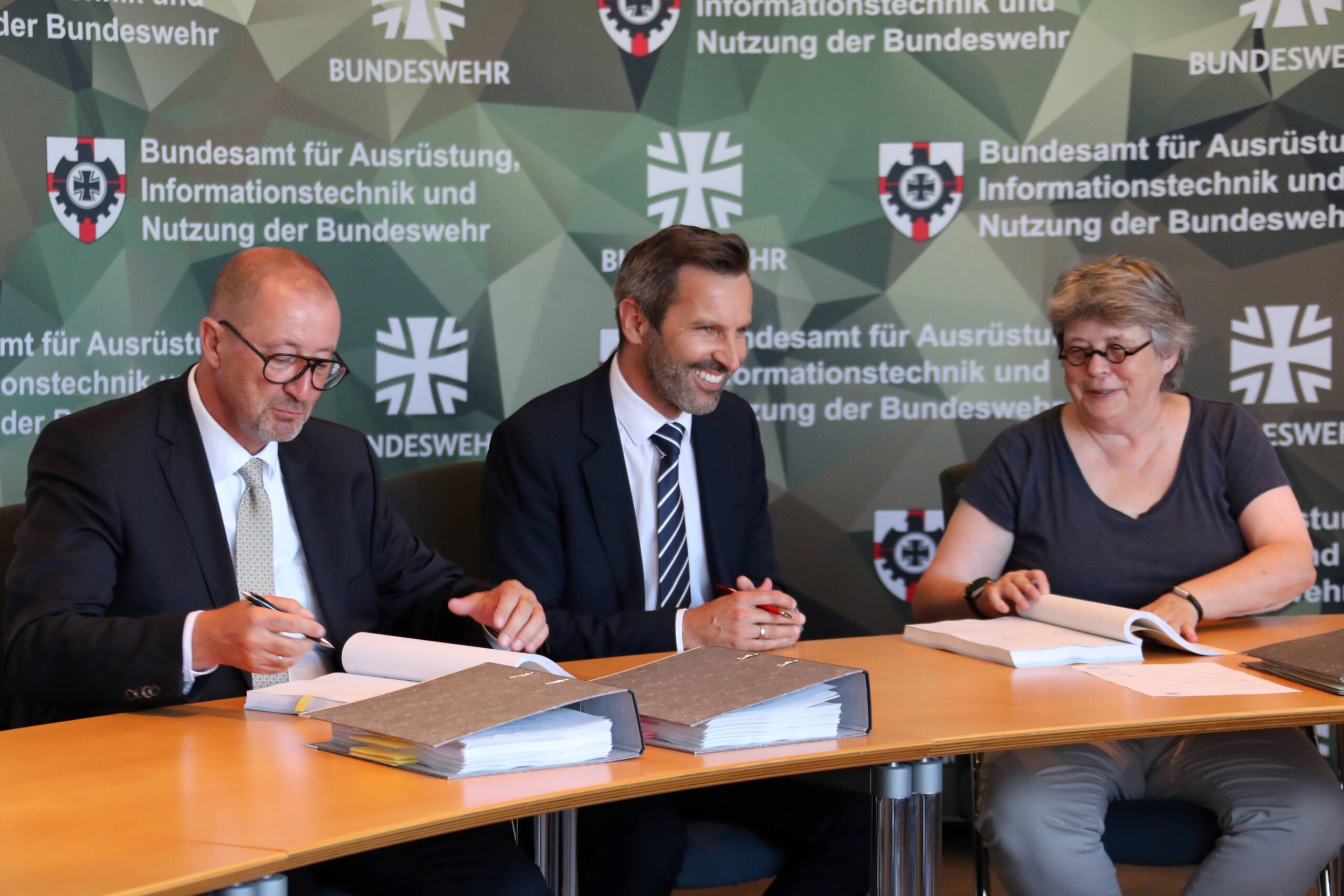Oshkosh will deliver three prototypes of its P-19R Airport Rescue Fire Fighting (ARFF) replacement vehicle to the US Marine Corps (USMC) before the end of 2013, marking the beginning of a year of rigorous testing before achieving low-rate initial production.
Oshkosh unveiled the truck, which provides a number of new capabilities for marines, during the annual Modern Day Marine exhibition at Marine Corps Base Quantico, Virginia, 26 September.
Under a contract awarded in May 2013, the USMC could buy upward of 200 full-rate production P-19Rs. "We see an acquisition objective for the marine corps of 165 vehicles," John Bryant, senior vice-president for defence programmes at Oshkosh Defense, told IHS Jane’s .
The company has taken the benefits of its Logistics Vehicle System Replacement (LVSR) to make the new iteration of its legacy P-19A more off-road capable, Bryant said.
The P-19A dates back to the 1980s, he said, adding that while it has been a good fire-fighting truck, over the vehicle’s lifecycle the national standards for the design of airport rescue fire-fighting vehicles has evolved, Bryant added.
Besides the changes to the National Fire Protection Association (NFPA) ‘414 standards’ for aircraft rescue and fire-fighting vehicles, the marines recognised that they needed a more advanced capability that would be similar to the LVSR and Medium Tactical Vehicle replacement (MTVR), Bryant added.
"We have combined the rugged off-road capability of LVSR with the advanced fire-fighting capabilities of the Oshkosh Striker vehicle into one tailored platform to meet the marine corps’ requirements," he said. "It is an absolutely up-to-date NFPA 414 compliant [ARFF] vehicle but also a tough off-road vehicle that can keep up with LVSR and MTVR."
The Oshkosh Striker is a commercial variant of the P-19R, which features several unique Oshkosh capabilities including the company’s TAK-4 independent suspension system. "It is the benchmark for off-road rugged military suspension systems," Bryant said.
"That suspension allows a vehicle to travel at high speeds off-road by providing a very stable platform, a very high ride quality for the occupants, and equipment so that the equipment is not shaking or breaking," he added. "That is fairly unique for an ARFF vehicle to have an independent suspension to provide great off-road mobility."
Additionally, Oshkosh configured the P-19R in a 6×6 configuration that in combination with the TAK-4 suspension allows "superior soft soil mobility", Bryant noted. "That traditionally is not an attribute of an ARFF, but that is an attribute of LVSR."
The P-19R also has a 600 hp engine that provides not only the off-road mobility but the acceleration required in a NFPA 414, he said.
For fire-fighting operations, the P-19R is capable of simultaneously pumping water and driving, Tom Merckx, senior director of USMC programs Oshkosh, told IHS Jane’s .
"We utilise a power divider that is unique to Oshkosh. It allows us to drive around the scene with pumps engaged so if there are flare-ups it can hit them quickly," he said.
The P-19R can respond to a fire at a high rate of speed while also preparing to engage its roof and front bumper turrets, 500-1000 ft (152-304 m) before reaching a fire, without damaging the power train, Merckx said.
Oshkosh has also added additional storage along the side of the ARFF to hold hoses for use on structural fires. The P-19R can use the hoses to draw water from its own 1,000 gal (3,785 liter) tank, a fire hydrant, or from a pond.
Besides its 1,000 gal tank, P-19R carries 130 gal (492 liter) of foam and 500 lb (226 kg) of halogen compound to tackle any type of fire, Bryant noted.
On the underside of the ARFF there are nozzles that can discharge 15 gal (56 liter) of water and foam to extinguish a fire or fuel spill underneath the vehicle. In front of the vehicle Oshkosh has installed nozzles that spray water and foam on the windshield to keep it cool.
The P-19R is also equipped with Oshkosh’s Command Zone integrated control and diagnostic system originally developed for the company’s commercial fire-fighting vehicle in 1999. According to Bryant the P-19R’s four-man crew (an operator and three-man team) have "fingertip" control of all the systems on the vehicle as well as a digital vehicle health monitoring system.
The P-19R could also be a very good international ARFF solution, Merckx said. "It drives from the centre so you don’t need to worry about left hand or right hand drive. You are in the centre not only for visibility for the driver but when your people are in the cab they can exit both door at the same time without having to crawl over someone."
Currently Oshkosh and the USMC are developing tailored operator and maintainer training materials for the P-19R, Bryant said. "The maintainer training package will leverage what we are doing for LVSR and MTVR maintainers. The operator training we are actually formulating that right now. Our customer wants a robust training package. They want a training programme that makes everything second nature."








